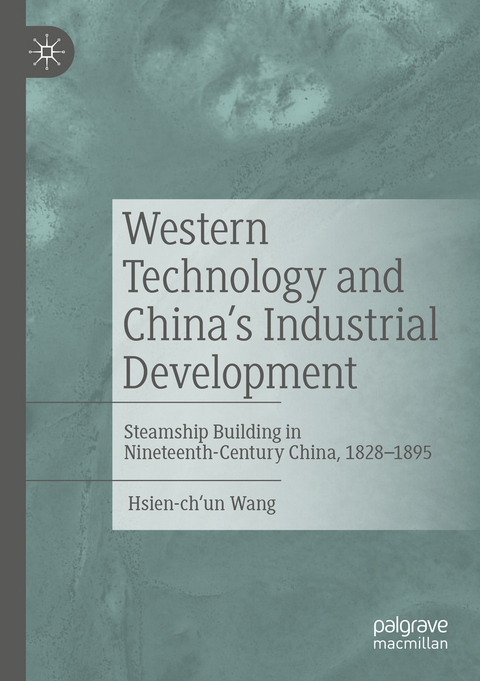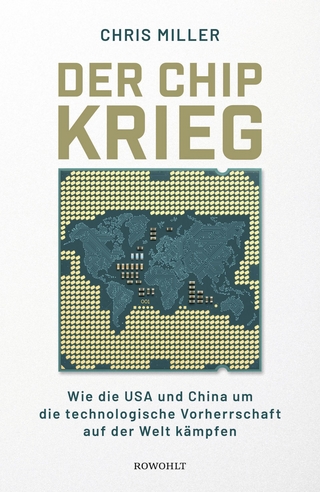
Western Technology and China’s Industrial Development
Palgrave Macmillan (Verlag)
978-1-349-92803-3 (ISBN)
This book explores how steam engine technology was transferred into nineteenth-century China in the second half of the nineteenth century by focusing on the transmission of knowledge and skills. It takes on the long-term problem in historiography that puts too much emphasis on politics but ignores the techno-scientific and institutional requirements for launching such an endeavor. It examines how translations broke linguistic and conceptual barriers and brought new a understanding of heat to the Chinese readership. It also explores how the Fuzhou Navy Yard’s shipbuilding and training program trained China’s first generation of shipbuilding workers and engineers. It argues that conservatism against technology was not to blame for China’s slow development in steamship building. Rather, it was government officials’ failure to realize the scale of institutional and techno-scientific changes required in importing and disperse new knowledge and skills.
Hsien-ch’un Wang is the associate professor at National Tsing Hua University, Taiwan. He works on the history of Western science and technology in modern China. He is also interested in how modern technology has played a role in shaping Taiwanese society in the twentieth century.
Chapter 1: Introduction.- Chapter 2: Discovering Steam Power in China, 1828-1865.- Chapter 3: Translating Heat: Tackling Old conceptions with new ideas, 1855-1868.- Chapter 4: More Translations, Limited Understanding: the Achievements and Constraints of Late Qing Translations of Heat, 1868-1895.- Chapter 5: Training Workers and Engineers: The Fuzhou Navy Yard, 1866-1895.- Chapter 6: To Build or To Buy? Financing the Fuzhou Navy Yard, 1866-1895.- Chapter 7: Conclusion.
“Historians interested in the history of science will find much important and useful information in Wang’s book on China’s knowledge of Western sciences at the time.” (Bert Becker, Technology and Culture, Vol. 64 (2), April, 2023)
| Erscheint lt. Verlag | 24.4.2022 |
|---|---|
| Zusatzinfo | 10 Illustrations, black and white; XVI, 229 p. 10 illus. |
| Verlagsort | Basingstoke |
| Sprache | englisch |
| Maße | 148 x 210 mm |
| Themenwelt | Geisteswissenschaften ► Geschichte ► Regional- / Ländergeschichte |
| Geschichte ► Teilgebiete der Geschichte ► Wirtschaftsgeschichte | |
| Naturwissenschaften | |
| Wirtschaft ► Allgemeines / Lexika | |
| ISBN-10 | 1-349-92803-8 / 1349928038 |
| ISBN-13 | 978-1-349-92803-3 / 9781349928033 |
| Zustand | Neuware |
| Informationen gemäß Produktsicherheitsverordnung (GPSR) | |
| Haben Sie eine Frage zum Produkt? |
aus dem Bereich


